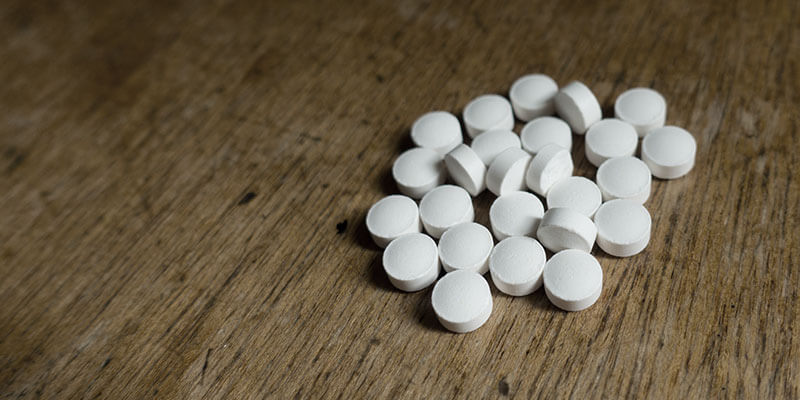Despite the commonly held belief of many that natural is always safer than synthetic, these two categories of drugs do not necessarily hold any difference in their inherent dangers.
In fact, in many cases a synthetic drug is almost structurally identical to natural substances, giving it the exact same effects as its earth-born counterpart. They can also be structurally similar, and may even improve the effects of the natural version.
The problem with synthetic drugs, however, has to do with two factors: their relatively recent emergence in the field and the lack of regulation surrounding their production.
Many natural drugs have been used and abused by cultures for centuries. Marijuana has been treated as a medicinal herb since 500 BC. Humans have been drinking alcohol for over a dozen millennia. Even opium has a long history with the human race.
This extended time has allowed us to study and somewhat understand the effects that these drugs have on the body.
On the other hand, many synthetic drugs have only been around for a decade or two. This makes it much more difficult to really know the long-term effects that these substances will have on both the body and the mind.
And, as with many other illicit substances, the production of many synthetic drugs is oftentimes entirely unregulated. As such, they frequently contain a variety of additives that contribute to the overall toxicity of the substance, putting you in even further danger.


